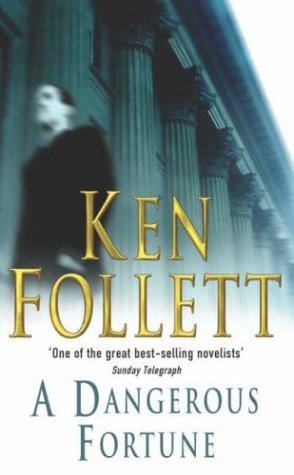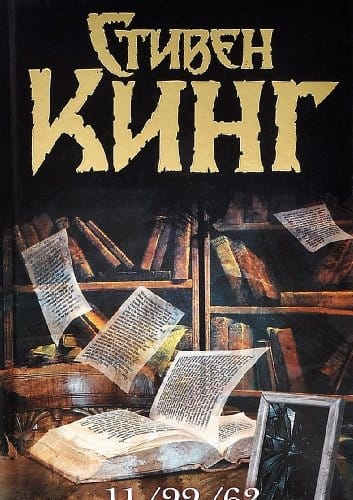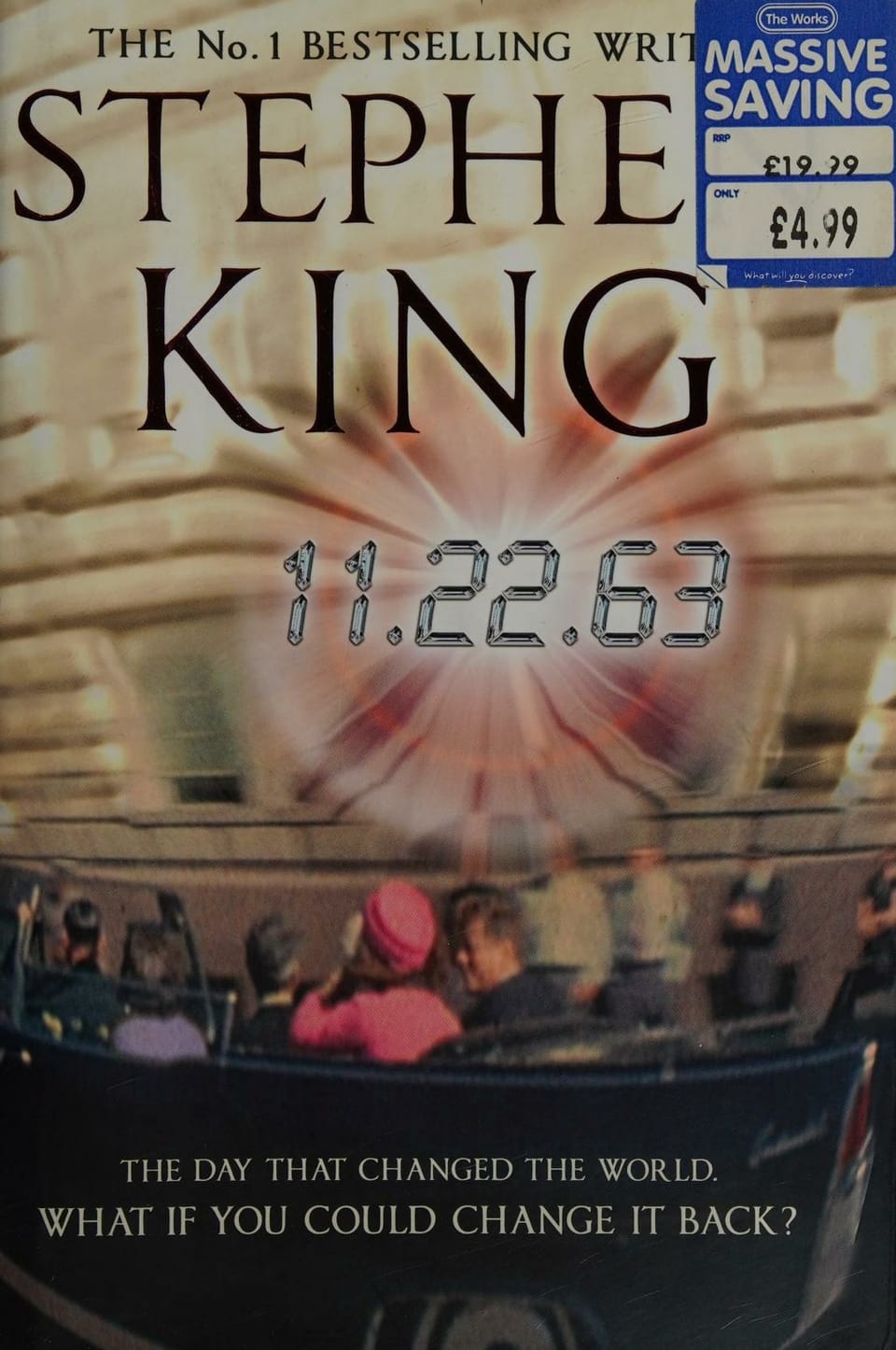A Dangerous Fortune: Ken Follett’s Masterpiece of Power, Passion, and Peril

Introduction to A Dangerous Fortune
Ken Follett’s novel A Dangerous Fortune is a sweeping Victorian-era drama that blends high finance, forbidden love, and ruthless ambition. First published in 1993, the book has become a perennial favorite for readers who enjoy historical fiction laced with suspense. In this article we explore the plot, themes, characters, and historical relevance that make this story such a compelling page-turner.
Plot Summary Without Spoilers
The novel opens in 1866 at an elite British boarding school, where a mysterious drowning marks the lives of several boys. Fast-forward to London’s booming financial district, and those same schoolmates have become key players in Pilaster’s Bank, one of the most respected merchant banks in the City. The narrative follows the rivalries among the Pilaster family, their business allies, and their enemies as fortunes rise and fall amid stock-market panics, colonial enterprises, and social scandals.
Central to the story is Hugh Pilaster, a principled banker determined to protect the firm from reckless speculation. Opposing him is Edward Pilaster, an entitled cousin whose lavish lifestyle threatens the bank’s stability. A formidable antagonist, Augusta Pilaster, manipulates politics and matrimony to secure her family’s power. Interwoven with these machinations are the struggles of Micky Miranda, the charming yet dangerous son of a South American landowner, and Maisie Robinson, a spirited entrepreneur whose love triangles complicate every relationship.
Themes and Literary Analysis
A Dangerous Fortune delves deeply into themes of greed, class inequality, and moral responsibility. Follett contrasts the glittering salons of Mayfair with the grim realities of workhouses and slums, highlighting how Victorian capitalism generated both extraordinary wealth and crushing poverty. The novel also scrutinizes patriarchal structures, showing how women like Augusta leverage limited legal rights into formidable social power.
Another prominent theme is the fragility of reputation. In an age when a single scandal could ruin a family, characters engage in elaborate deceptions to protect their social standing. Follett masterfully depicts how secrets festering beneath polished veneers eventually erupt with catastrophic consequences.
Historical Context and Accuracy
Set during the late Victorian period, the book provides a vivid snapshot of British imperialism, emerging financial regulations, and the panic of 1866—a real banking crisis triggered by the collapse of Overend, Gurney and Company. Follett’s meticulous research shines through in his descriptions of telegraph wires humming with market rumors, opium dens in Limehouse, and the suffocating etiquette dictating a lady’s every move. Readers gain insights into the early mechanics of international loans, railroad expansion, and the exploitation of colonies as sources of raw materials and cheap labor.
Character Study: Heroes, Villains, and Everyone In Between
Hugh Pilaster embodies integrity and innovation, advocating for transparency in banking long before regulation made it standard. His arc is that of an outsider within his own family, someone who must reconcile personal values with corporate obligations. Edward, by contrast, symbolizes entitlement unchecked by accountability; his reckless borrowing and hedonistic escapades mirror modern examples of corporate malpractice.
Augusta Pilaster is arguably one of Follett’s most unforgettable villains. Calculating yet charismatic, she orchestrates marriages and spreads rumors with surgical precision. Despite her ruthlessness, Augusta operates within the confines of a society that denies women direct economic power, making her both a product and a critic of her era.
Micky Miranda represents the dark allure of exoticism to Victorian elites. His ruthless tactics and hidden crimes expose the colonial double standard: Britain’s ruling class romanticizes foreign adventure while turning a blind eye to brutality that fuels its wealth.
Why A Dangerous Fortune Still Resonates Today
Although set more than a century ago, the novel’s exploration of speculative bubbles, inequality, and political corruption feels strikingly contemporary. Modern readers will recognize parallels to financial crises such as the 2008 meltdown, where reckless leverage and opaque transactions threatened global stability. Follett reminds us that behind every balance sheet lie human ambitions capable of both brilliance and catastrophe.
The book is also a meditation on social mobility. Characters like Maisie Robinson shatter glass ceilings through grit and ingenuity, echoing present-day conversations about entrepreneurship and gender equity. Meanwhile, institutional barriers and inherited privilege continue to shape outcomes, underscoring the persistence of systemic inequality.
Tips for Readers and Book Clubs
At roughly 600 pages, A Dangerous Fortune offers rich material for discussion. Book clubs might focus on questions such as: How do Augusta’s strategies compare with modern lobbying? What ethical obligations do banks owe to society? How does the novel portray masculinity and femininity in ways that challenge stereotypes? Complementary reads include Anthony Trollope’s The Way We Live Now for its critique of Victorian finance and Hilary Mantel’s A Place of Greater Safety for its political intrigue.
Film and Television Adaptations
In 1994, the story was adapted into a televised miniseries that, while entertaining, compresses subplots and simplifies character motivations. Purists may prefer to read the book first to appreciate Follett’s multi-layered storytelling. Rumors of a modern remake periodically circulate, attesting to the narrative’s enduring appeal and cinematic potential.
Conclusion: A Timeless Tale of Risk and Reward
With its intricate plotting, robust historical detail, and unforgettable cast, A Dangerous Fortune remains a landmark in historical fiction. Ken Follett deftly shows how fortunes can hinge on a single decision, a hidden alliance, or a whispered secret. Whether you are drawn to financial thrillers, family sagas, or social commentary, this novel delivers a satisfying blend of all three. Add it to your reading list and experience a Victorian world where the stakes are high, the consequences lethal, and every fortune is, indeed, dangerous.


